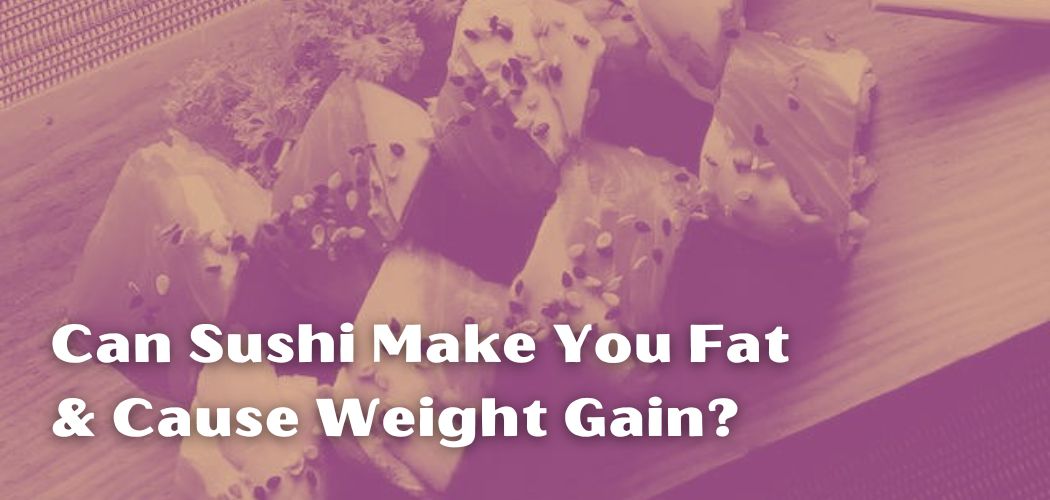The majority of people perceive sushi to be nutritious and healthy.
Nonetheless, this traditional Japanese meal frequently includes raw fish. Additionally, it is frequently consumed with high-salt soy sauce.
Sushi is a roll of seaweed containing vegetables, cooked or raw seafood, and cooked rice.
Common accompaniments include pickled ginger, wasabi, and soy sauce.
Sushi first gained popularity as a means to preserve seafood in seventh-century Japan.
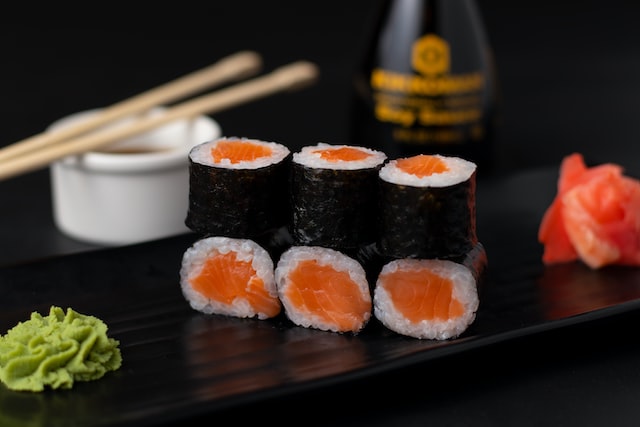
The cleaned fish was squished between salt and rice and fermented for several weeks until it was fit for consumption.
In the middle of the 17th century, rice was added to vinegar to enhance its flavor and speed up the fermenting process.
In the 19th century, the fermentation procedure was abandoned in favor of using fresh fish. This gave rise to an early version of the sushi you are accustomed to eating today.
Contents
Packed With Nutrients
Sushi contains numerous nutrient-dense ingredients and is commonly considered a healthy food.
Fish is an excellent source of minerals, vitamins, iodine, and protein. Other than that, it is one of the few natural sources of vitamin D.
It needs to be kept in mind that fish provides omega-3 fats, which are essential for proper functioning of the body and brain. These fats help combat diseases such as heart disease and stroke.
Fish consumption is also associated with a reduced risk of vision loss, age-related memory, depression, and some autoimmune illnesses.
Wasabi paste is frequently served with sushi. Due to its intense flavor, it is only consumed in limited quantities.
It is composed of the grated stem of the Eutrema japonicum plant, which is in the same family as mustard, horseradish, and cabbage.
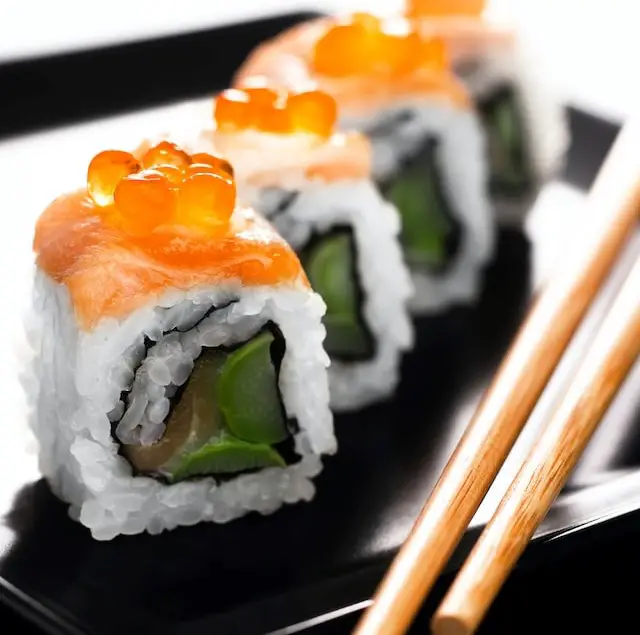
Isothiocyanates, glucosinolates, and beta carotene are abundant in wasabi. These chemicals may have anticancer, anti-inflammatory, and antibacterial effects, according to research.
Due to the rarity of the wasabi plant, many restaurants substitute a paste prepared from green food coloring, mustard powder, and horseradish. It is doubtful that this product has the same nutritional value.
Sushi may appear to be a healthy alternative. After all, with vegetables, rice, seaweed, and fish, how can you go wrong?
For these reasons, sushi is a cornerstone of the weightloss diet.
However, according to recent research, sushi can be harmful for your waistline, depending on what’s inside the roll.
Here is what you need to know to ensure sushi does not hinder your performance or cause you to gain weight.
What Is Inside Your Sushi Roll?
Several dietitians and nutritionists have claimed, “Sushi has this aura of being healthy.” They add, however, that a few ordering errors can diminish this luster.
Here’s what you get right — and wrong — about your sushi’s nutrition profile.
Excessive calories: Sushi rolls can quickly build up in calories; a single roll can have more than 500 calories.
As per experts, you should be mindful of your portion sizes, as sushi rolls can quickly add up. According to them, this can add padding to your waistline.
However, evidence indicates that weight gain cannot be reduced to a simple “calories in versus calories out” formula. What is important is the quality of your food.
Sticky rice: In this regard, rice is the primary issue. According to Time, sushi rice is produced with more than just vinegar.
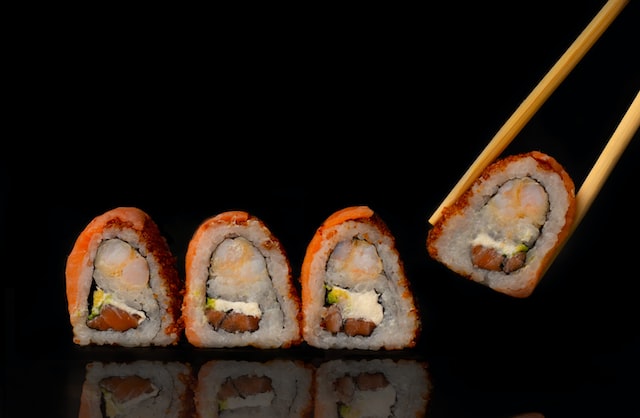
Typically, sugar is added to the mixture to make the rice sticky and adhesive.
The extra sugar boosts insulin levels to manage blood sugar levels, making you irritable, and sleepy with extreme cravings — particularly when there is minimal fat to slow down the meal’s digestion.
Since the rice is pressed down throughout the construction process, you unknowingly consume up to a cup of rice every roll. This can influence your scale’s readings.
That does not imply you must completely forego sushi. With a few adjustments, you can enjoy that salmon roll guilt-free.
Choose plain rolls without sauces, and if your favorite sushi restaurant includes sugar in its rice, opt for sashimi instead of rolls.
How To Protect Your Sushi From Being A Cause Of Concern
Rice: On the Diet Map for Weight Loss, white rice is in the green zone. It is a useful source of starch, especially for carb refeed days, because it is one of the starches with the lowest sugar content.
It is also free from anti-nutrients that sap your vitality and upset your stomach. To make your homemade rice more nutritious, add coconut oil and omit the sugar.
Tuna and salmon are the most prevalent forms of seafood used in sushi. Both are rich in omega-3 fats, minerals, and lean protein.
Whenever possible, ensure that the fish is wild-caught; farmed seafood contains harmful amounts of heavy metals, poisons, parasites, and pesticides, which reduces its nutritious value.
Vegetables, such as cucumber and avocado, are commonly utilized in the preparation of sushi. Be wary of sushi that contains peppers, mushrooms, or uncooked kale and spinach.
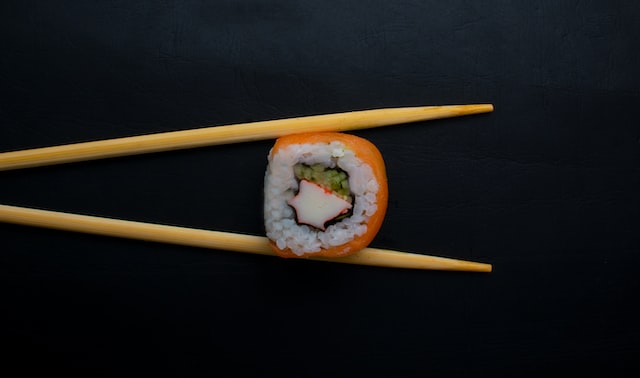
Muscle cramps are caused by oxalates in raw vegetables, whereas peppers and mushrooms in particular have a significant risk of mold contamination.
The dipping sauces can also make or ruin a roll. Tamari and soy sauce are strong in histamines, and the majority of soy sauce brands contain wheat as well.
There are also hot sushi sauces that incorporate oxidized soybean oil mayonnaise. These are unstable omega 6 oils that, when cooked or oxidized at high temperatures, raise the chance of developing cancer, inflame the heart, and damage DNA.
Many brands of mayonnaise also contain preservatives, chemicals, and sugar.
According to our dietitians, all of these condiments are harmful. If you are preparing your own sushi and desire a spicy mayonnaise-based sauce, use avocado mayonnaise instead.
Bottom Line
Start by selecting the simplest and cleanest list of sushi components possible, especially while shopping at the store.
The more simple, the better.
Salmon avocado roll is a better option than cream cheese and deep-fried fish wrap. When dining out, inquire about the ingredients in the mix.
Avoid adding excessive sauces to your dish, since they may contain pollutants. Once you understand your starting point, you can concentrate on how to make your sushi even more healthy.
